Space!
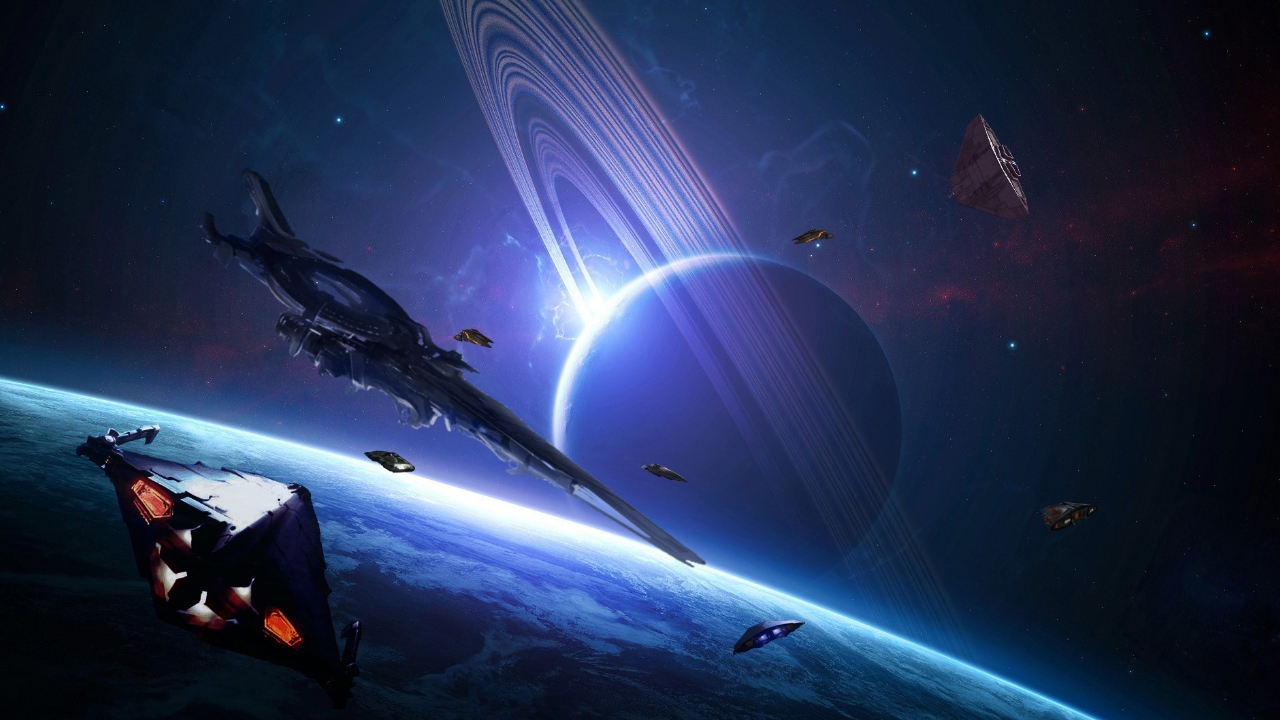
Its really big, very cold and mostly empty, but that hasnt stopped us populating an entire genre with exciting sims dedicated to exploring and fighting in it over the last forty-or-so years. Human instinct is drawn to discovery, and the vastness of the void creates unlimited opportunities for scope and scale that you just cant find here on Earth.
The genre has evolved and refined itself over the last four decades, and, despite falling out of mainstream favour over recent years, is now on a major, and very exciting, resurgence. Here are the most important steps in its lengthy history.
Space Shuttle: A Journey into Space (1983)

Space games existed in some form before A Journey into Space; 1974s Star Trader was an extremely basic text-based space game, but it wasnt until a decade later that the genre started to see a real shift forward. A Journey into Space was originally released on the Atari 2600 by Activison and it was one of the first space sims to establish flight mechanics like landing, takeoff, ship stabilisation and more. It was also one of the first games to encompass actual pretty graphics.
Space Shuttle was so deep that it revolutionised the genre and gave it a sense of scope that hadnt been seen before. It was so popular, in fact, that it was re-released on several machines after the Atari, with Commodore 64 and ZX Spectrum versions released in 1984, and two final versions released on the Amstrad and the MSX in 1986. See kids, HD remasters arent such a new fad after all!
Elite (1984)
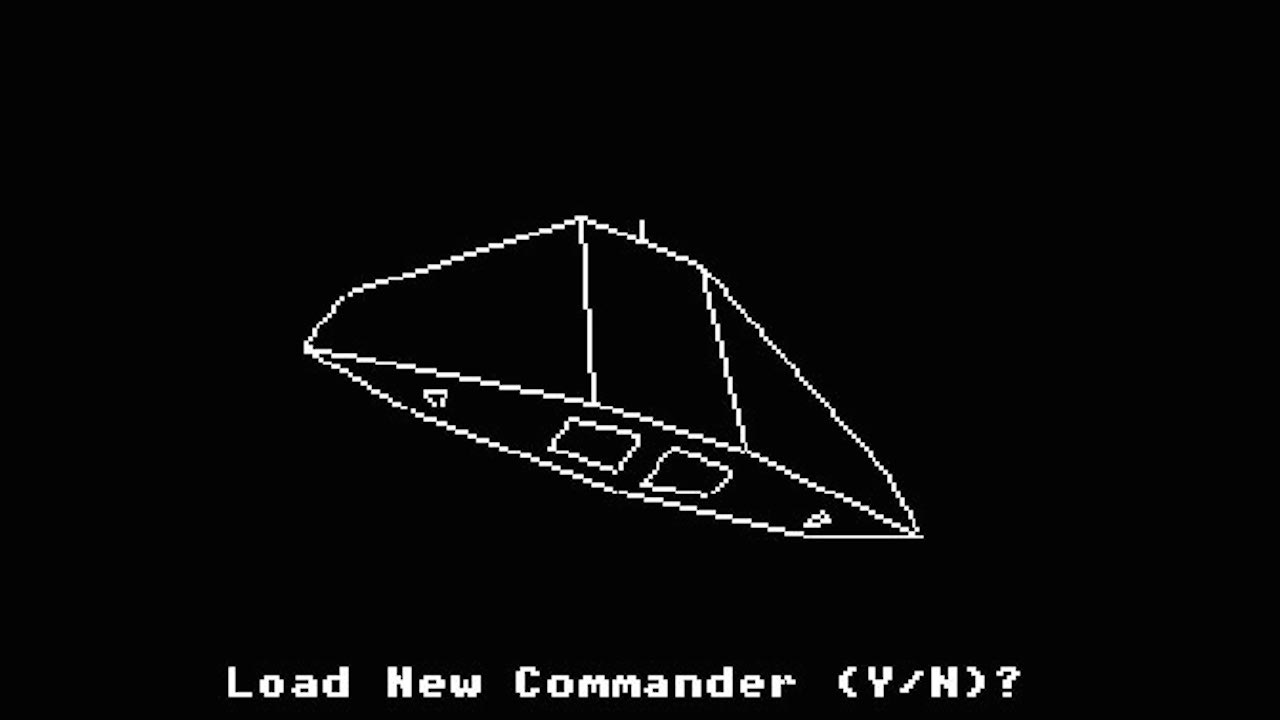
Ah, Elite. Created back in the 1980s by the revered space-nut-cum-games-developer David Braben, with his good pal Ian Bell, Elite is considered by most to be the seminal space trading simulator. Im firmly in love with Elite Dangerous thirty years on, but Elites rich history is ingrained in the halls of science fiction. It was truly massive back in 1984, with eight whole galaxies each containing 256 planets to explore. All of this was done from the cockpit of the ship, and a lot of the now-iconic features of Elite were established here, including the recognisable scanner that sits in the center of the cockpits design.
Elite also experimented with procedural generation, and despite having to downsize the universe at the request of the publisher - mostly to make it less obvious to the player that the computer is generating systems using algorithms - the game was still awe-inspiring to those who played it. Braben and Bell even removed an entire galaxy when they found a planet had been named Arse by the games random generation technology. Its difficult to imagine how impressive it must have been considering the progress of games over the last few decades, but Elite is a remarkably important step in the evolution of space games.
Wing Commander (1990)
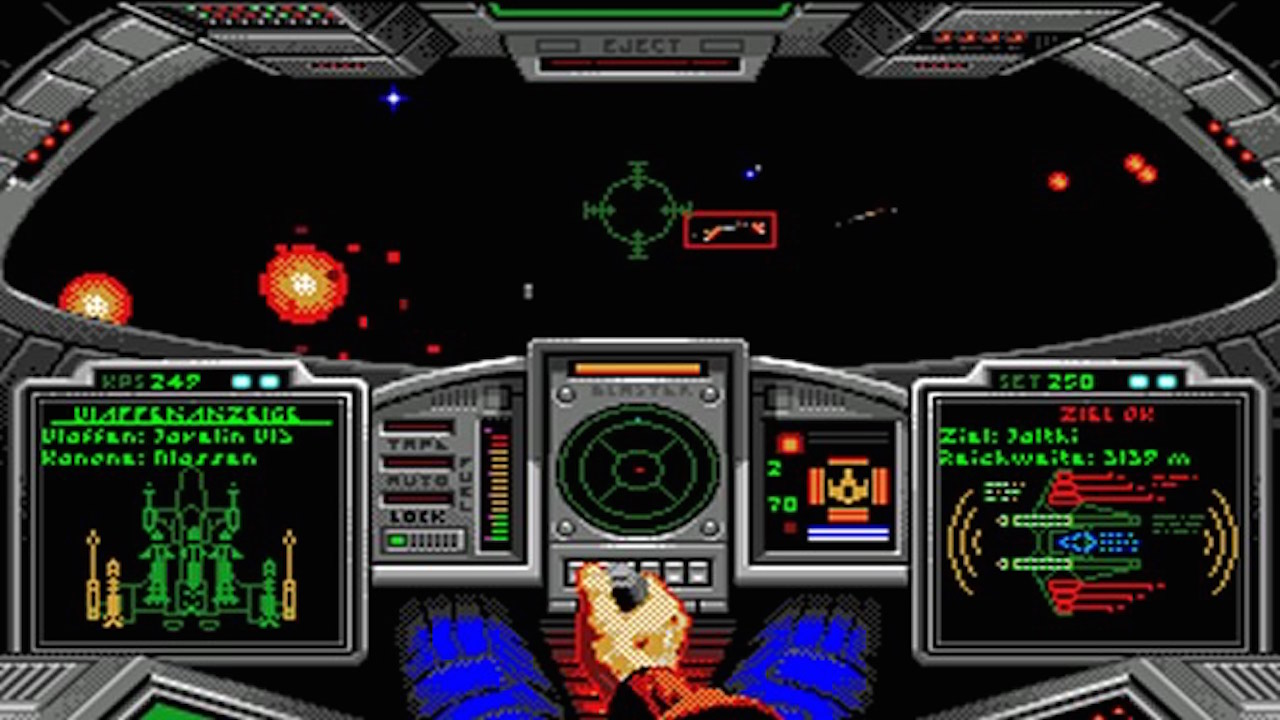
Wing Commander creator Chris Roberts called his game World War 2 in space and if thats not a selling point then Im not sure what is. Its a game that focuses heavily on combat scenarios, and uses Star Wars as a main influence in bringing the fraught tension of dogfighting to life. It not only made space combat exciting, but it also implemented fresh mechanics to level objectives, adding bonus tasks that net larger rewards when going above and beyond while on a mission.
Weekly digests, tales from the communities you love, and more
Released on floppy disc at the start of the 1990s, Wing Commander also spawned a couple of sequels and several add-ons to the main game. These expansions fully realised plots kept the game supported for months after release. Wing Commander was a major critical success, too, even earning 6/5 stars in Dragon - the official Dungeons and Dragons magazine - and is regularly considered one of the all-time PC greats. Competition ramped up considerably after its release, leading to contemporaries like LucasArts X-Wing.
Shuttle (1992)
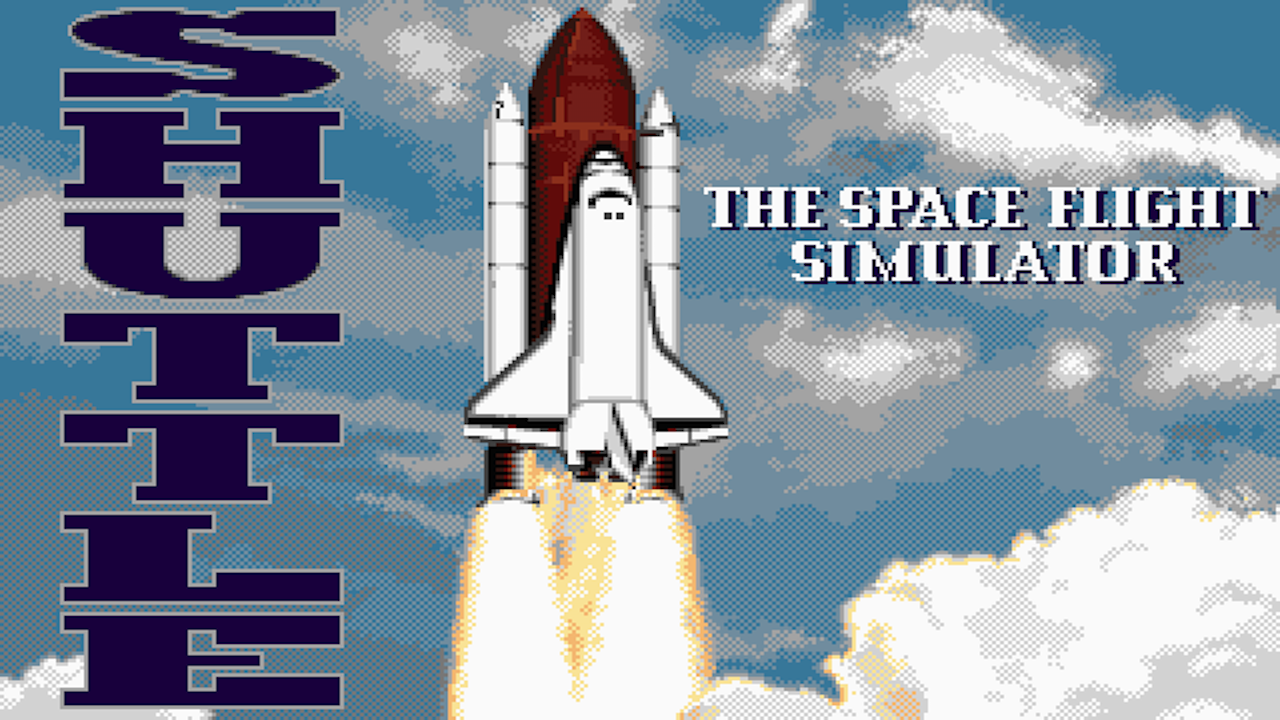
Shuttle was published by none other than later commercial space flight pioneer Virgin back in the early 1990s. When you look at it now it looks like a very basic version of Kerbal Space Program, but it still packs a considerable amount of depth. From takeoff all the way to re-entry into the Earths atmosphere, Shuttle recreated a lot of the complexity of real cockpits, displaying almost all of the major functions with an array of knobs, buttons and little levers. It was truly incredible. Especially for a game taking up a miniscule amount of space on a floppy disc.
The game was praised for condensing of tons of information into a system that players could learn to understand. Similar to Kerbal, Shuttle also incorporates real life space shuttle missions and other flight tests into its mission structures. The Enterprise flight is a particular highlight, and you even get to run through the launch of the Hubble space telescope, building a space station like the ISS (International Space Station) and more. Shuttle may not have the dogfighting bravado of Wing Commander, but it refined the core simulation mechanics that lie at the heart of the genre.
Buzz Aldrins Race into Space (1993)
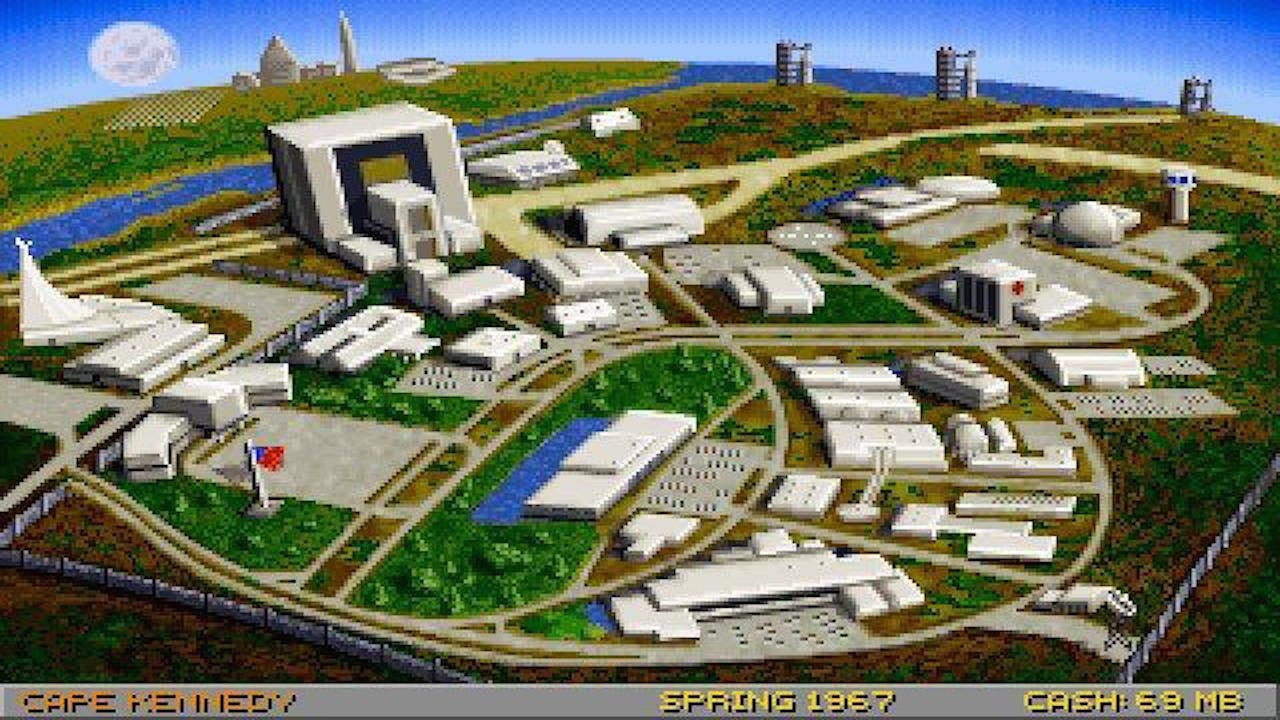
Despite sounding like a cheesy television show that your parents might have watched in the mid 70s, Buzz Aldrins Race into Space is a two-player strategy game built on the idea of the space race. Playing as either the USA or USSR, each players end goal is to make a successful landing on the moon, but the game incorporates many mid-tier objectives on the way to the lunar surface. You control a base station that acts as your hub for missions and other developments, and the game itself takes place across twenty in-game years, from 1957 to 1977.
The game takes great advantage of humanitys achievements during the Space Race, allowing players to carry out real historic missions on their path towards reaching the moon. It was billed as a game suitable for young children, but drew a fair amount of criticism for being overly complex and difficult to play. Still, that didnt stop it getting 90/100 from PC Gamer UK, and more recently it received an open source translation from the original creators back in 2005.
Frontier: Elite II (1993)
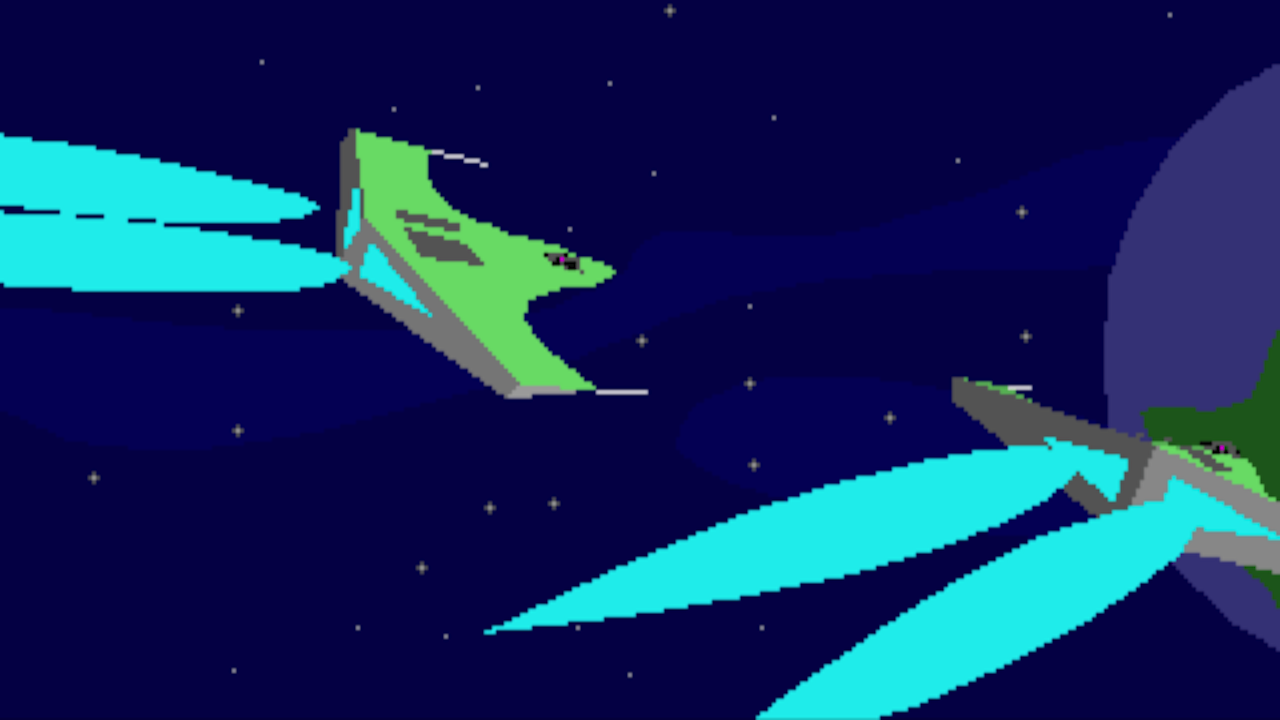
At the end of 1993, David Brabens first Elite sequel hit the Amiga, Atari ST and DOS. It carried over a lot of the ideas that its predecessor established ten years earlier, while expanding the size and taking advantage of the graphical power of new hardware. Frontier continued the Elite staple of allowing players to do whatever they want, focusing mainly on trading to earn money and reputation. Theres almost no plot whatsoever, save for some titbits around the games political factions.
Frontier also adheres to Newtonian physics and thus the ship controls are vastly more in-depth. Theres even an time acceleration feature which allows players to travel between planets and stations within the same system, as well as the classic hyperspace jump. A really cool feature of Frontier is, weirdly enough, its copyright protection - every now and then the games security forces will ask you for a certain string of letters from your game manual. If you enter them incorrectly three times in a row, your game ends and thats that, you cant play anymore. Tough!
EVE Online (2003)
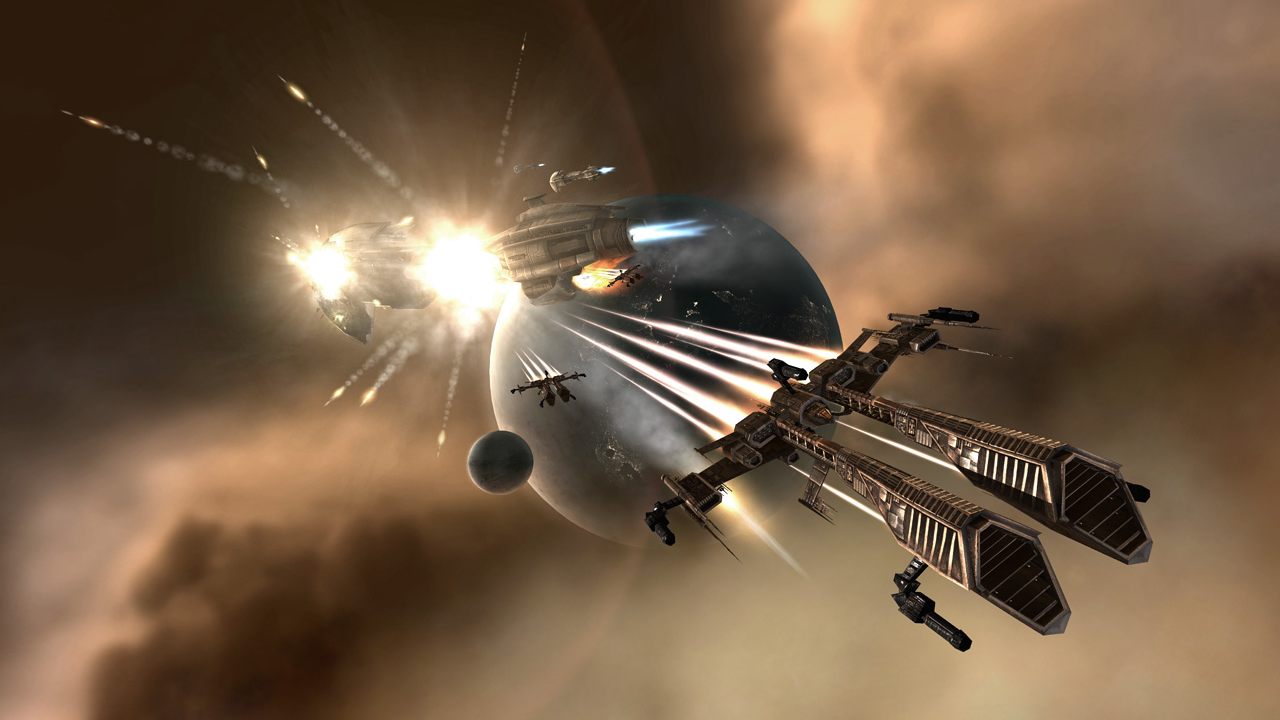
You might not know it but EVE Online is now over a decade old. This super dense, in-depth MMO has had numerous major updates since its release, but it continues to be one of the most complex and engaging space simulators ever made. With its rich player driven economy and some of the largest multiplayer battles ever seen, EVE definitely isnt for everyone, but invest time into learning some of its incredibly intricate game systems and youll become engrossed in arguably the best space MMO ever made.
The game is famous for a lot of really cool events, including one player who offered $500 in real money to anyone who could assassinate a particularly high profile target. A few key, obliging players then spent a year of real-time playing the game, working their way up the ranks of the targets corporation in order to earn trust and get close. One assassin even managed to reach second in command of the entire organisation. Then, when the moment was right, the assassins struck by killing their target (twice, no less, which means youre really dead in EVEs world), stealing valuables and destroying the rest - over $16,500 worth of in-game items were destroyed. They even bagged the $500 bounty.
Kerbal Space Program (2011)
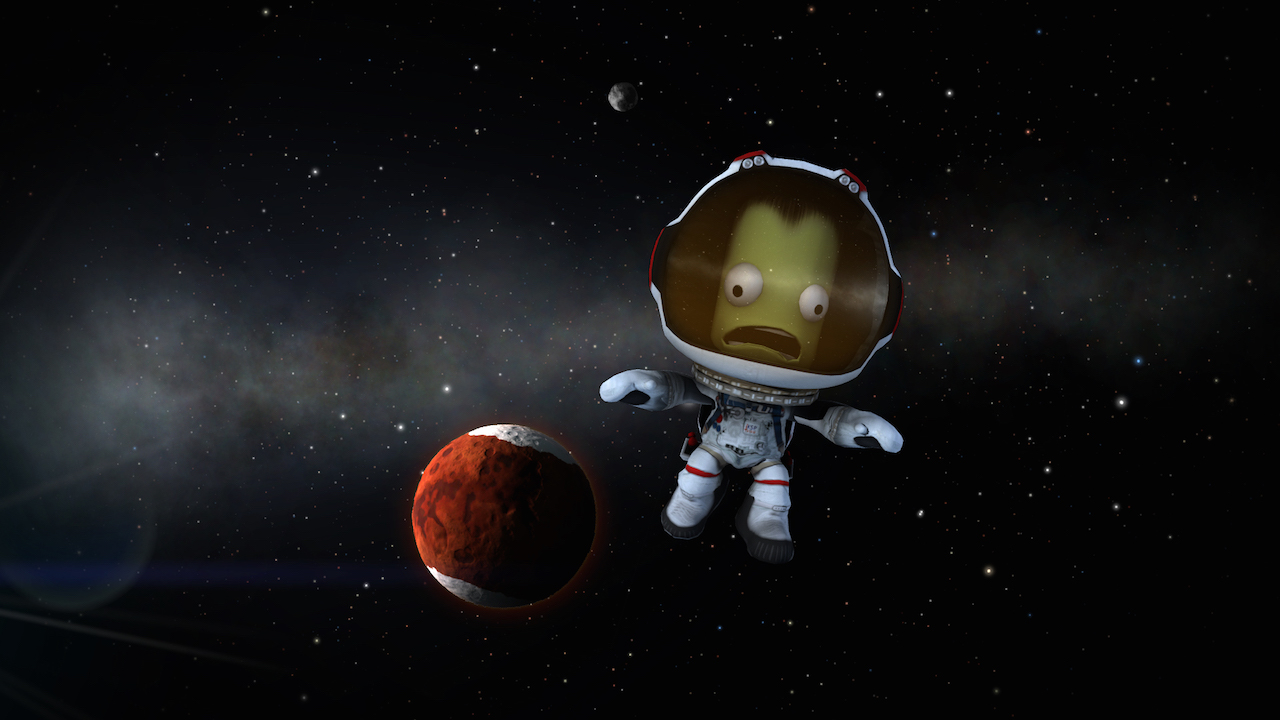
The first half of this decade has seen a resurgence in the space simulator genre, and Kerbal Space Program has led the charge. Still technically in beta, KSP packs charm and depth using its Kerbals - cute little green humanoids - to provide the character to make your ventures into space feel human and perilous. With so many options for creativity in Kerbals tools, any accidents, deaths or abandonments-on-nearby-moons are your fault, but the game constantly pushes you to trial and error until you get it right.
Developer Squad has gone so far in its depiction of authentic space as to involve NASA in its development process, implementing real missions and ships into the game so that you can experiment with real life science. Other space organisations have taken real interest, too, including the Copenhagen Suborbitals, Space X, and the ESA. Its these kinds of partnerships that really prove the educational and scientific power of video games nowadays, and how space simulators have become important and respected by those outside of the hardcore gaming community.
FTL (2012)
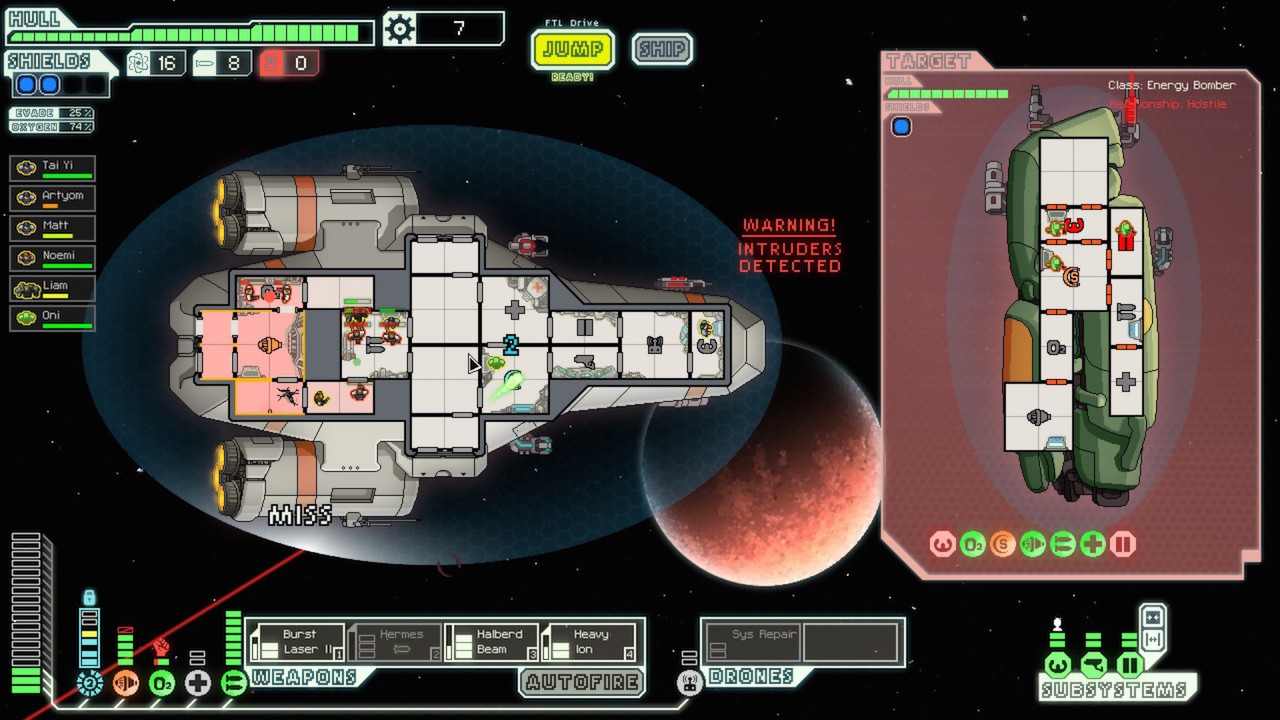
FTL is the top-down, fast-paced real-time strategy game that turned space simulation into permadeath roguelike, brought it to mobile, and made it endlessly replayable - not to mention furiously addictive. While a lot space games focus on the overall scope of space battles, lasers and explosions, FTL concerns itself with the stressful minutiae of crisis management on a single ship. Theres no maneuvering or aiming going on - FTL just takes the randomness of certain scenarios and forces you to cope against difficult and often insurmountable odds.
The permanent nature of every demise makes it all the more stressful. Permadeath is a risky mechanic to put in a game, often dividing players on whether its well executed, but FTL puts it to excellent use. Even when the game feels like its beating you up unnecessarily, the unpredictable nature of its mechanics make it easy to pick up and play again, and you rarely see the same scenarios play out again in exactly the same way.
Elite Dangerous (2014)
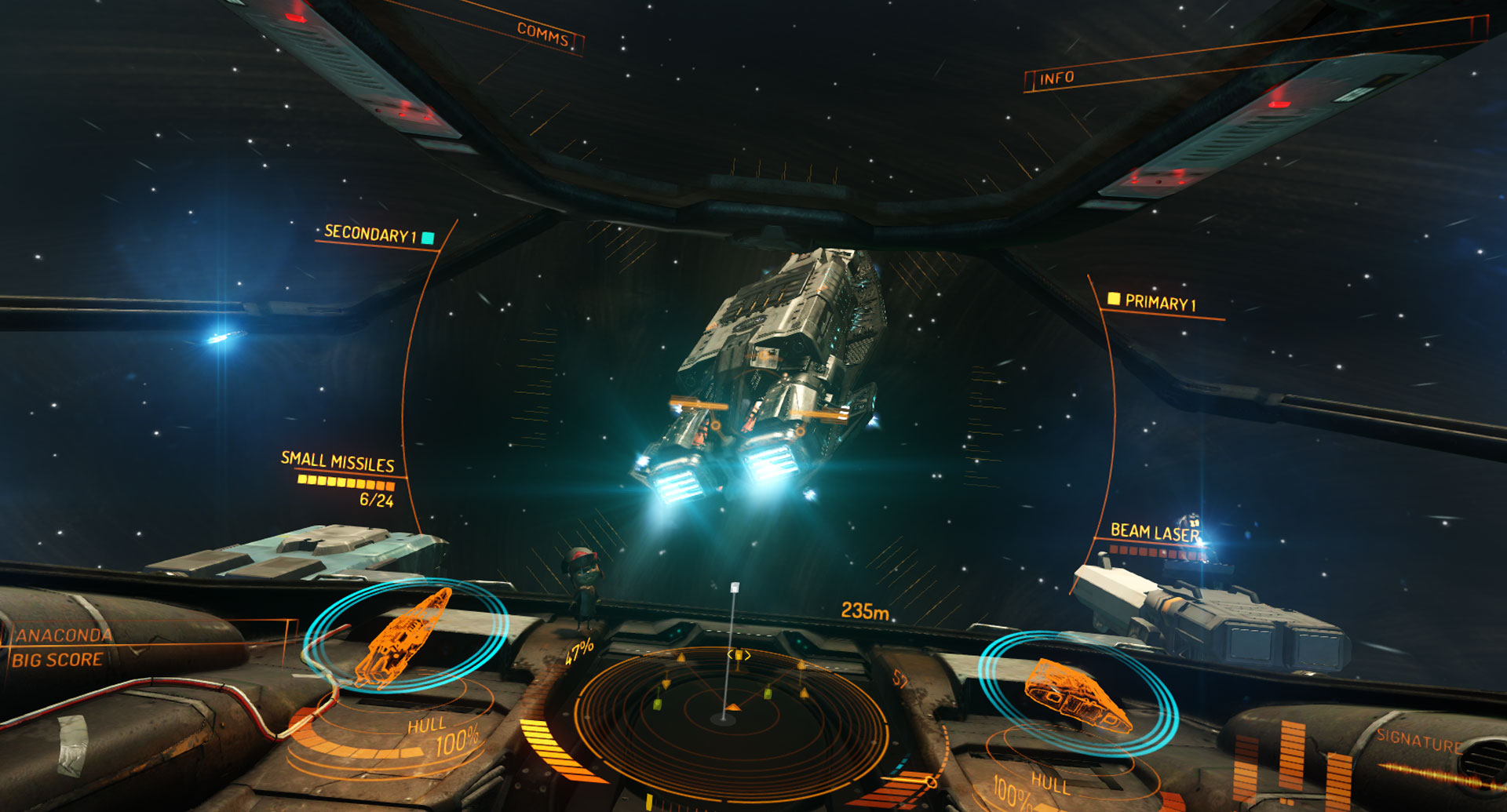
First announced a few years back as David Brabens next ambitious project, Elite: Dangerous took full advantage of the crowdsourced funding model, using Kickstarter to raise over 1.5m of development budget. Since then its raised a lot more cash, and the scope of Dangerous vision has expanded as its wallet has bulked out. Its been a long, lengthy road to release, running through several alpha and beta stages, but developer Frontier has been vigilant in the refinement of its latest game.
Dangerous takes tons of the key elements that made the original Elite games so iconic and frame-shifts them to 21st century standards. The games high definition sheen makes its impressive scope even more beautiful - theres nothing like travelling from a hot white star all the way to a distant gas giant, descending into its icy rings until youre there in between the trillions of bits of space debris. Theres still a long path of development and expansion ahead of it (with its console debut having just occurred by way of Microsofts early access Xbox Game Preview programme), but Elite: Dangerous is arguably the most important space simulator of the last ten years.
No Mans Sky (2015)

No Mans Sky has had gamers everywhere wetting themselves since it was announced back in 2013. Its huge - indie developer Hello Games has claimed its technically infinite - and is heavily focused on venturing out into the nothing to find weird and wonderful things. Very few details exist about what else you actually do in No Man Skys procedurally generated universe, and the studios own Sean Murray has been very explicit in not wanting to describe the games main objectives because he believes that goes against what the game is about.
Whatever you end up in doing out in the stars, No Mans Sky is colourful and bold, full of alien spaces and unusual celestial landscapes. It feels like the space simulators arcade cousin, and the fact you can travel seamlessly from land before climbing your ship and flying up into space is something especially magical - something even Elite: Dangerous hasnt managed to implement yet.
Star Citizen (2016)
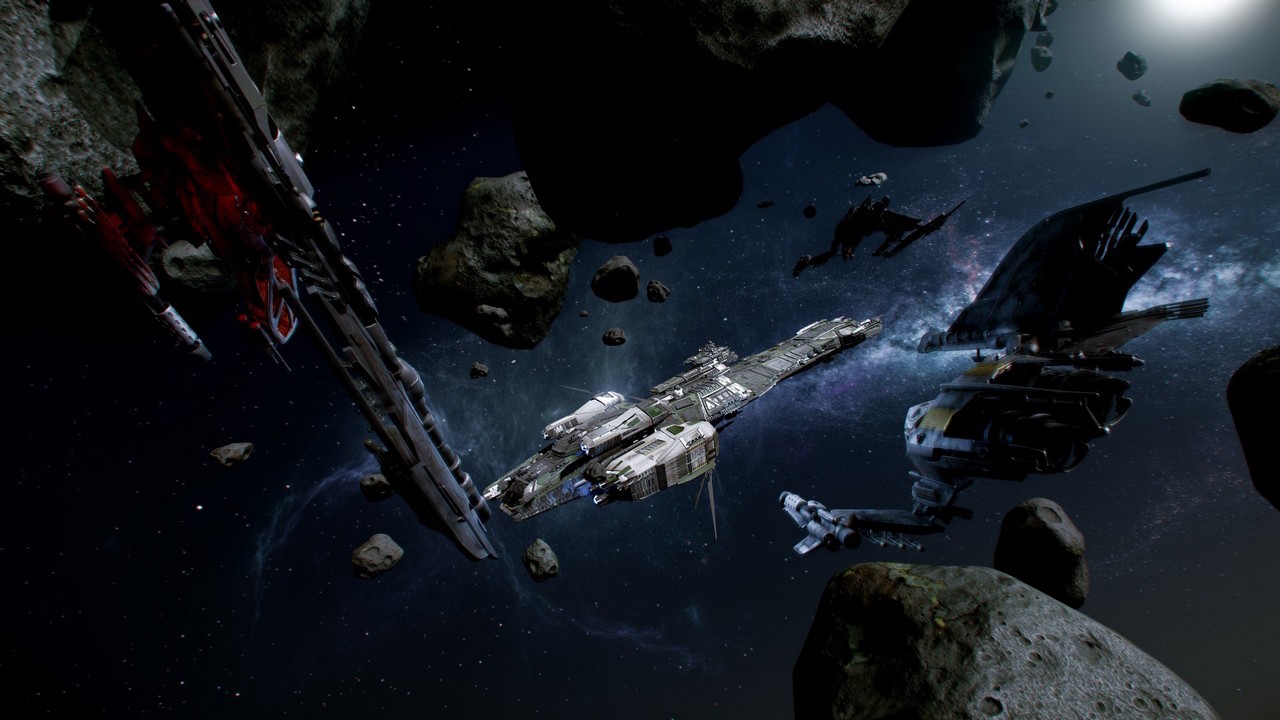
With a ludicrous amount of crowd-sourced money in the bank - just under $70 million at last count - Star Citizen is probably the most well-funded space simulator game of all time. Its definitely the biggest game to ever get funding from Kickstarter. There are a lot of grand promises for Star Citizen being bounded around by its developers, and while theyve definitely got the money to keep the game in development for a life-time if they need to, all eyes are intently scrutinising whether those promises have substance.
Aside from anticipation for the game, Star Citizen represents something perhaps more important. It raked in tens of millions of fan-donated dollars, and thats pretty impressive for a game sat within a fairly niche genre which many discounted as near-dead a few years ago. Over the last four decades, space simulators have evolved and refined themselves, coming out in all different shapes and sizes with unique takes on what the genre means and can achieve. The fact were at a stage where a single space sim can amass the budget of a blockbuster triple-A title just by asking for it is, frankly, just really bloody cool.
Sam is a freelance writer, who primarily works as the Games Writer for British GQ. He's been writing about games for over 10 years, and his work has appeared in publications including The Independent, International Business Times, Trusted Reviews, VG247, PCGamesN, 247Sports, GamesRadar, and more.


